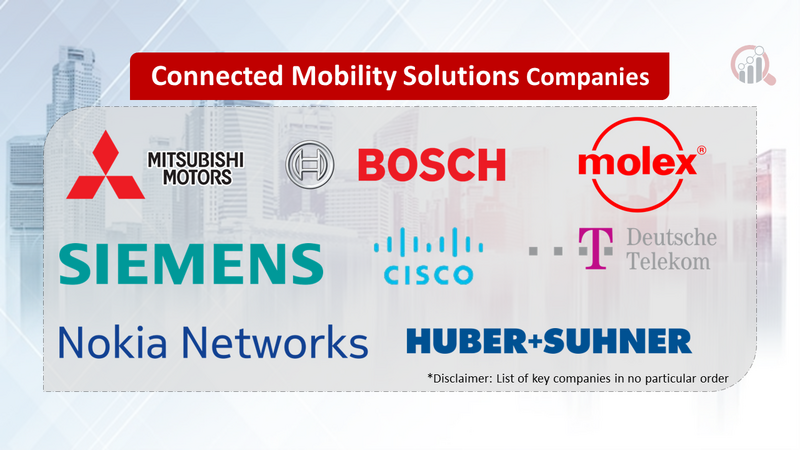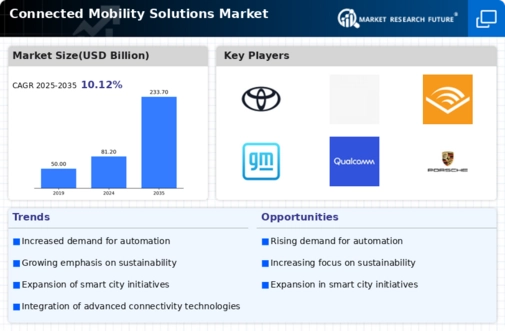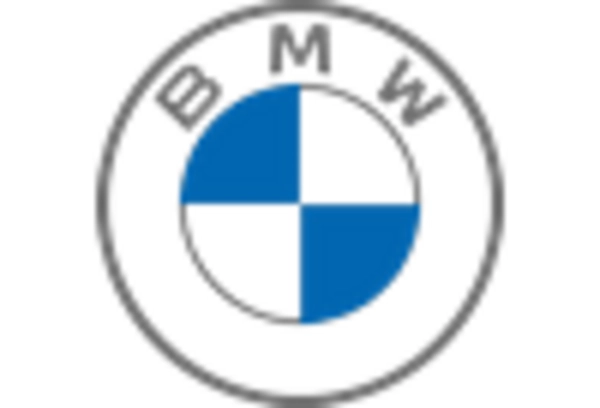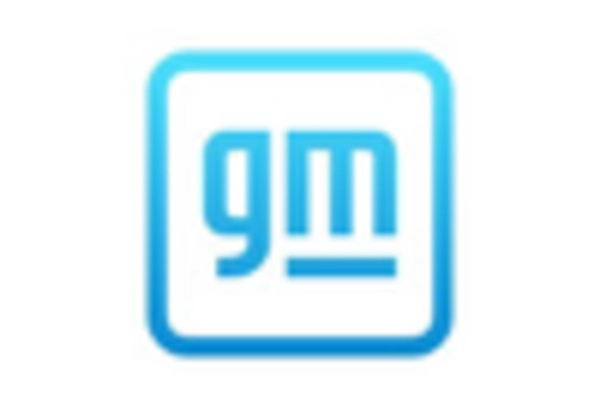Integration of Advanced Technologies
The integration of advanced technologies such as artificial intelligence, machine learning, and the Internet of Things is a primary driver of the Connected Mobility Solutions Market. These technologies enhance vehicle connectivity, enabling real-time data exchange and improved decision-making processes. For instance, AI algorithms can analyze traffic patterns, optimizing routes and reducing congestion. The market for connected vehicles is projected to reach approximately 60 billion USD by 2025, indicating a robust growth trajectory. This integration not only improves user experience but also enhances safety features, making vehicles more reliable. As consumers increasingly demand smarter transportation options, the Connected Mobility Solutions Market is likely to witness accelerated adoption of these technologies.
Government Initiatives and Regulations
Government initiatives and regulations play a crucial role in shaping the Connected Mobility Solutions Market. Policymakers are increasingly implementing regulations that promote the development and deployment of connected vehicle technologies. For example, initiatives aimed at enhancing road safety and reducing traffic congestion are driving investments in connected infrastructure. In many regions, governments are allocating substantial budgets to support smart city projects, which often include connected mobility solutions. This regulatory support is expected to propel the market forward, as it encourages collaboration between public and private sectors. The Connected Mobility Solutions Market stands to benefit from these initiatives, as they create a conducive environment for innovation and growth.
Growth of Mobility-as-a-Service (MaaS)
The rise of Mobility-as-a-Service (MaaS) is reshaping the landscape of the Connected Mobility Solutions Market. MaaS platforms integrate various transportation services into a single accessible interface, allowing users to plan, book, and pay for multiple modes of transport seamlessly. This trend is driven by urbanization and the increasing demand for flexible transportation options. Recent studies indicate that the MaaS market could reach 200 billion USD by 2030, reflecting its potential to transform urban mobility. By offering personalized travel solutions, MaaS enhances user convenience and reduces reliance on private vehicle ownership. Consequently, the Connected Mobility Solutions Market is likely to expand as more cities adopt MaaS frameworks, fostering a shift towards integrated and efficient transportation systems.
Emphasis on Environmental Sustainability
The growing emphasis on environmental sustainability is significantly influencing the Connected Mobility Solutions Market. Governments and organizations are increasingly prioritizing eco-friendly transportation solutions to combat climate change. This shift is evident in the rise of electric vehicles and the promotion of shared mobility services, which reduce carbon footprints. According to recent data, the electric vehicle market is expected to grow at a compound annual growth rate of over 20% through 2025. This trend aligns with the objectives of the Connected Mobility Solutions Market, as it seeks to provide innovative solutions that support sustainable urban mobility. The integration of renewable energy sources into transportation systems further enhances this sustainability focus, potentially reshaping the future of mobility.
Consumer Demand for Enhanced Connectivity
Consumer demand for enhanced connectivity is a significant driver of the Connected Mobility Solutions Market. As individuals become more accustomed to seamless digital experiences, they expect similar connectivity in their vehicles. Features such as in-car Wi-Fi, real-time navigation, and advanced infotainment systems are increasingly sought after. Recent surveys indicate that over 70% of consumers prioritize connectivity features when purchasing a vehicle. This demand is prompting automakers to invest heavily in connected technologies, thereby expanding the Connected Mobility Solutions Market. Furthermore, as consumers become more aware of the benefits of connected mobility, such as improved safety and convenience, the market is likely to experience sustained growth.


















Leave a Comment